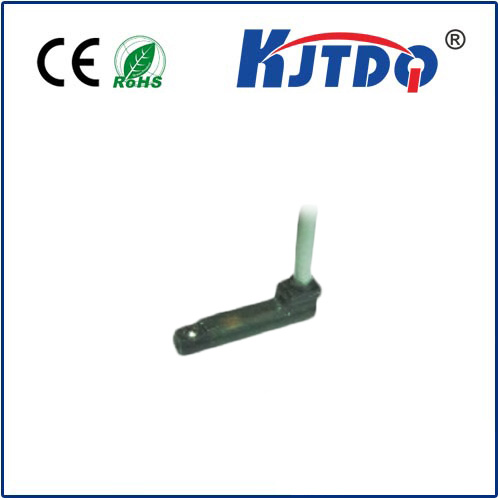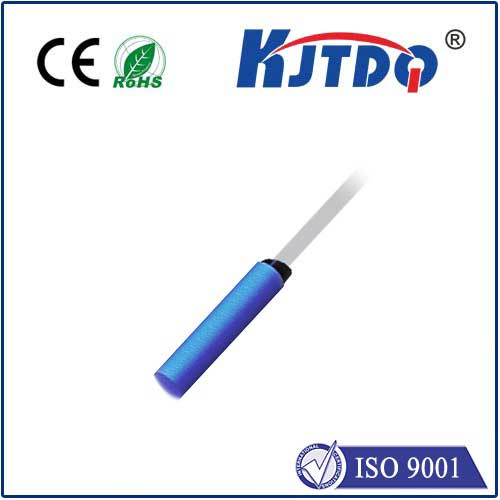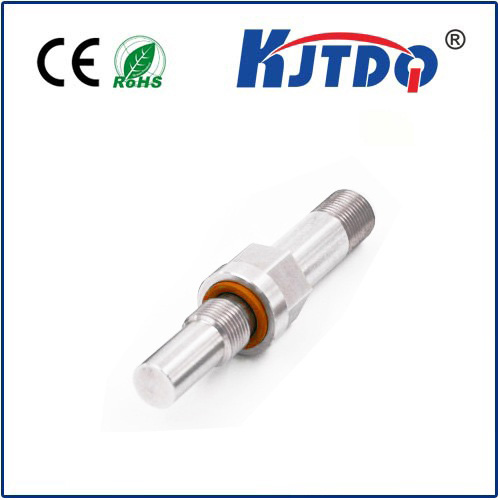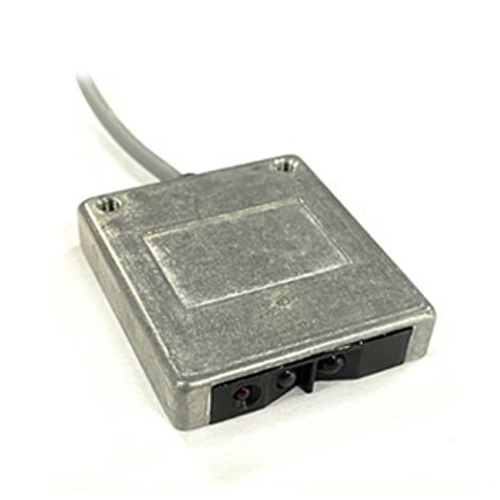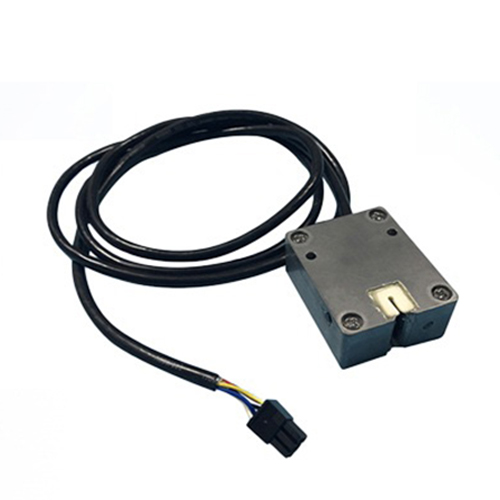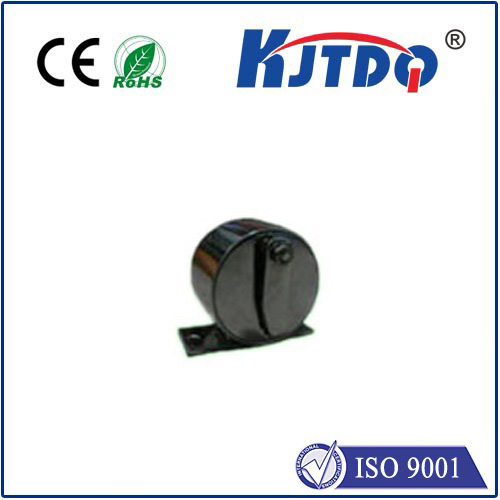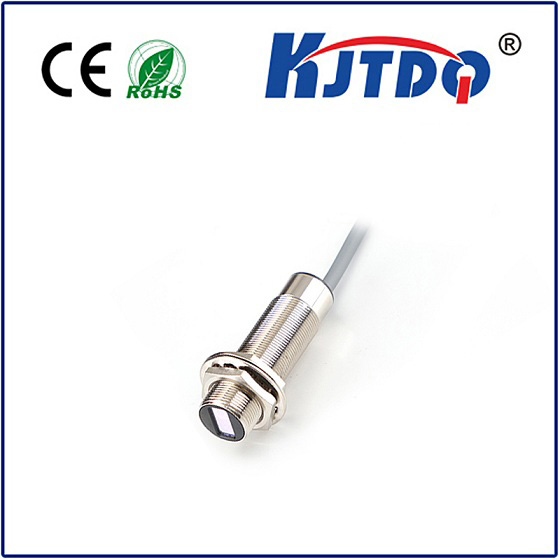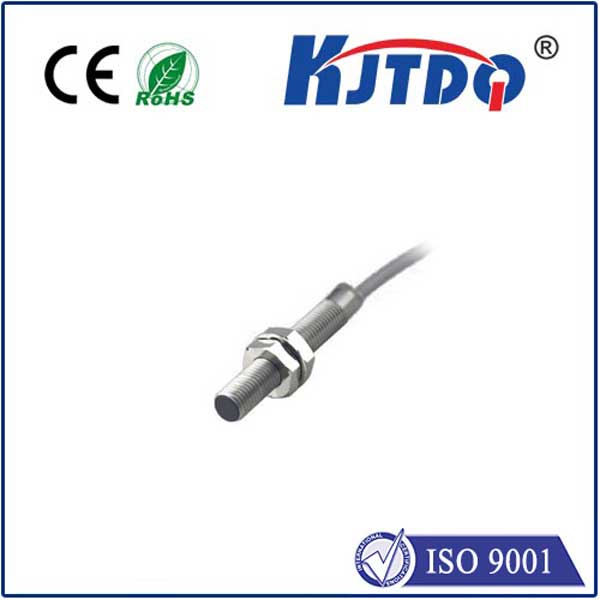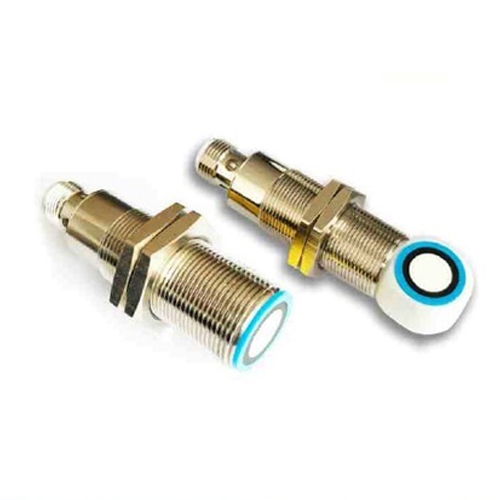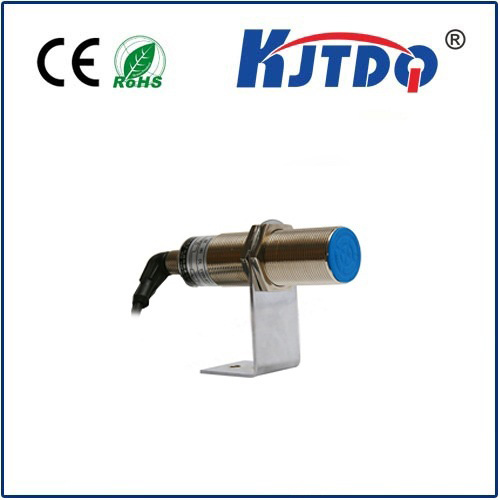

check

check

check

check

check

check

check

check

check

check
While cameras, lasers, and ultrasonic sensors often grab the headlines, microwave proximity sensors operate silently and reliably in the background, playing a crucial role in countless applications we encounter daily. These often-hidden components offer unique capabilities that make them indispensable for safety, automation, and smarter interactions. But how exactly do they work, and why are they sometimes the superior choice? Let’s delve into the world of microwave detection.
Understanding the Core Principle: Waves in Action
At its heart, a microwave proximity sensor functions by emitting low-power electromagnetic waves – specifically in the microwave frequency band (typically 1 GHz to 30 GHz). These waves travel outward from the sensor. When they encounter an object within their detection range, a portion of the energy reflects back towards the sensor. The key to detection lies in analyzing this reflected signal.
Most commonly, these sensors utilize the Doppler effect. If the detected object is moving relative to the sensor, the frequency of the reflected wave shifts slightly compared to the transmitted wave. Motion towards the sensor increases the reflected frequency, while motion away decreases it. Sophisticated circuitry within the proximity sensor precisely measures this frequency shift (Doppler shift), enabling it to not only detect the object’s presence but also determine its relative motion and speed.
Some advanced microwave sensors employ Frequency Modulated Continuous Wave (FMCW) techniques. Here, the frequency of the emitted microwave signal is constantly varied (modulated) over time. By comparing the frequency of the reflected wave (which has taken time to travel to the object and back) with the current transmitted frequency at the moment of reception, the sensor can calculate the distance to target with high accuracy, even for static objects. This makes FMCW sensors excellent for precise non-contact distance measurement.

Why Choose Microwave? Key Advantages Unveiled
Microwave proximity detectors offer a compelling set of benefits that explain their widespread adoption:
Where the Magic Happens: Diverse Applications
The unique advantages of microwave proximity technology translate into a vast array of real-world uses:
Selecting the Right Microwave Proximity Sensor
Choosing the optimal sensor involves careful consideration:
Testing and Calibration Are Key
For critical applications, thoroughly testing the sensor in its intended operational environment is imperative. This ensures the chosen microwave sensor performs reliably under actual conditions. Calibration, especially for FMCW sensors used for precise measurement, may also be necessary to guarantee accuracy against known references.
The Invisible Force Multiplier
Microwave proximity sensors are a testament to powerful technology operating unseen. Their ability to reliably detect presence, motion, and distance through challenging environmental conditions and materials makes them a foundational technology across industries. From making our roads safer to optimizing factory floors and enabling smarter buildings, these sensors quietly enhance efficiency, security, and convenience. As technology evolves, offering greater miniaturization, lower power consumption, and even more sophisticated signal processing, we can expect microwave sensors to find even more innovative ways to interact with and understand the world around us.
